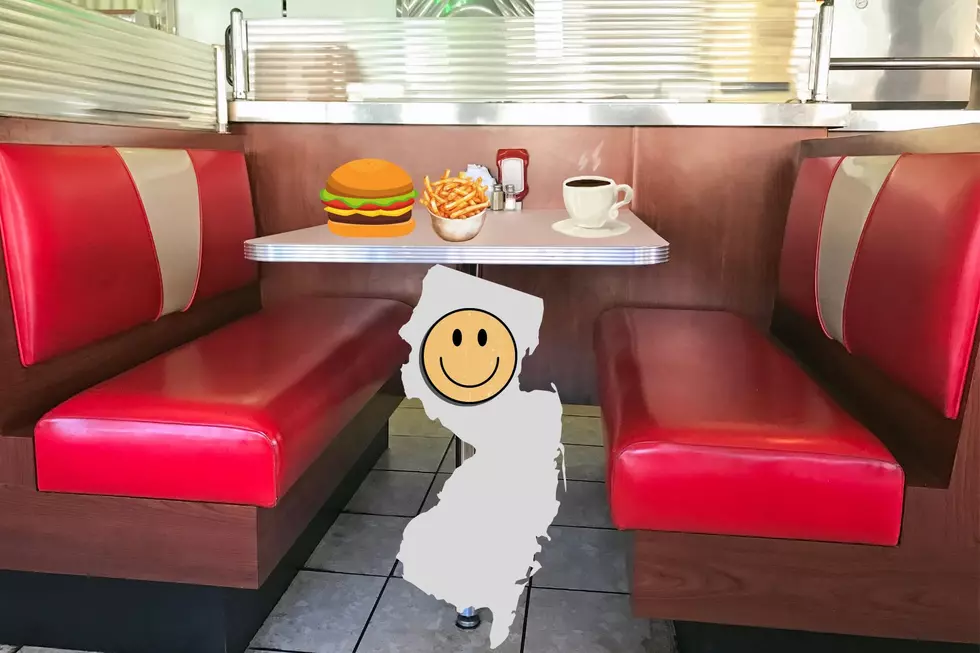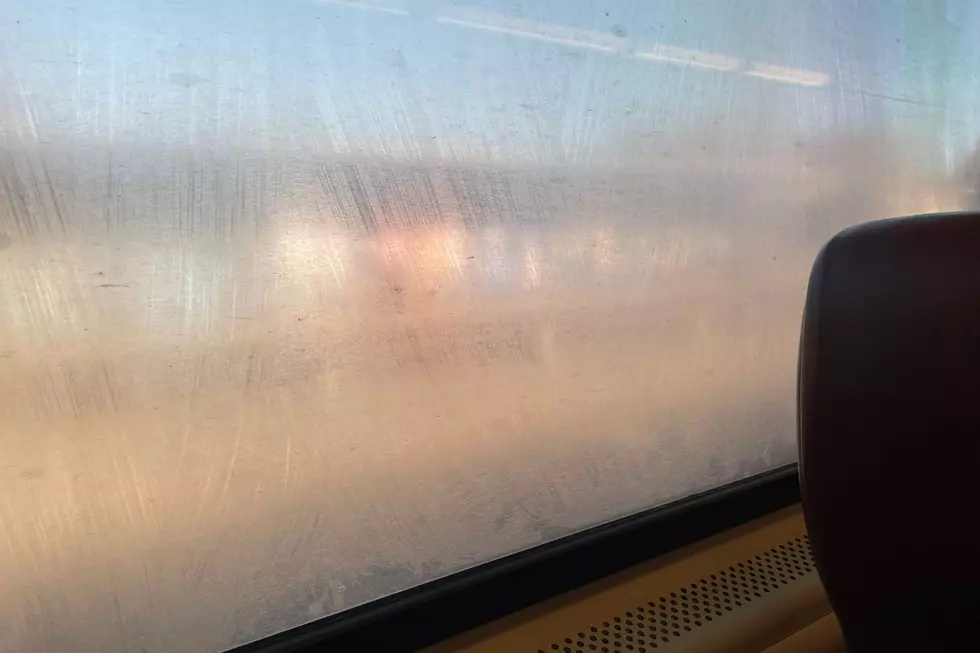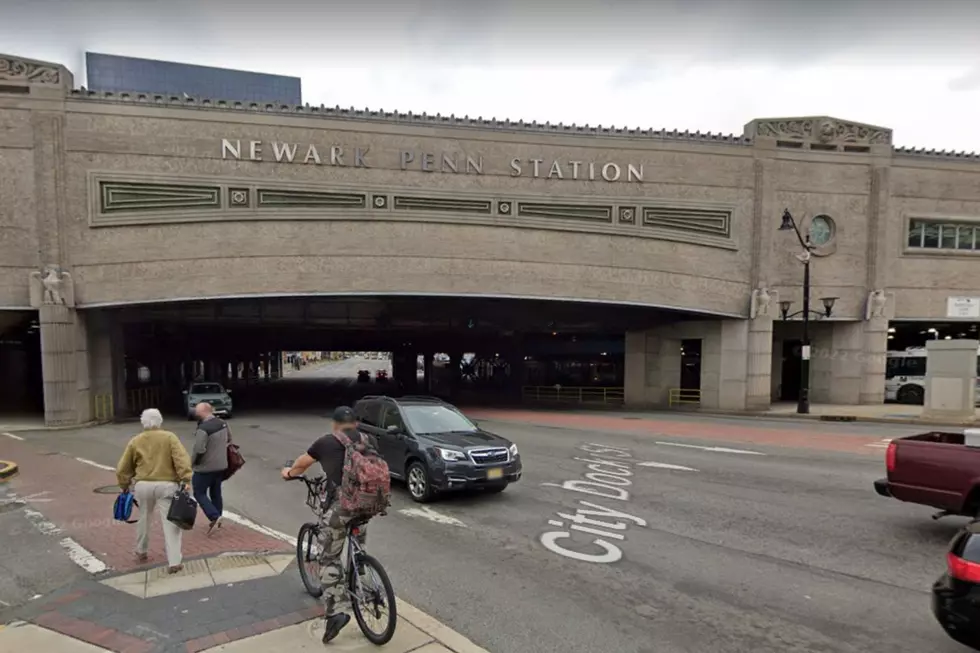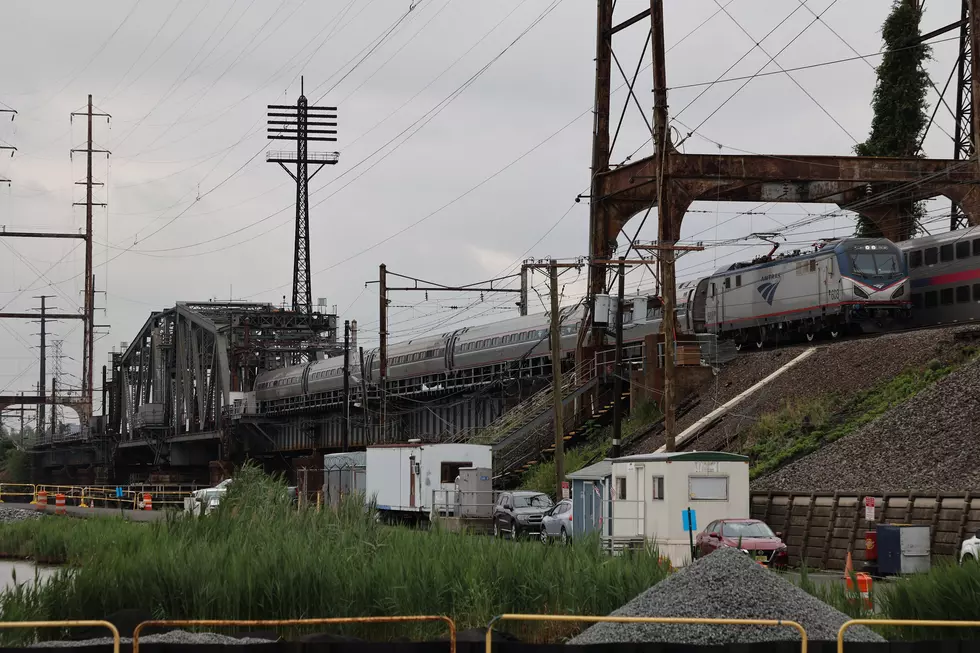![NJ Transit Boss Outlines Superstorm Damage [AUDIO]](http://townsquare.media/site/394/files/2012/11/hoboken-termina.jpg?w=980&q=75)
NJ Transit Boss Outlines Superstorm Damage [AUDIO]
The head of New Jersey Transit has testified before the Assembly Transportation Committee about how badly the Agency was hurt by Superstorm Sandy.
NJT Executive Director Jim Weinstein told members of the panel his people began monitoring the storm days before it arrived.
"Personnel were put on alert, buildings battened down, and equipment marshaled - and this was a time-consuming and complex task."
He said despite comprehensive preparation "the damage Sandy inflicted on our transit network was unprecedented - every one of New Jersey Transit's 12 rail lines was damaged…More than 630 trees fell on rights-of-way, along with 23 plus miles of catenary lines and other wire, 90 foot catenary poles, 40 miles inland were snapped in half, 9 bridges, including two major drawbridges suffered severe damage, including one that was knocked askew from its piers when it was hit by the storm surge, as well as boat set adrift in the storm…in addition key electrical sub-stations were destroyed while signal and other critical systems were impacted."
"The historical Hoboken Terminal, and other facilities, including NJ Transit's main maintenance and repair facility were flooded - many light rail lines were also damaged and as well as bus garages…Altogether, we estimate the cost of curing Sandy's damage at nearly 400 million dollars - that includes roughly 120 million for rail equipment, including rolling stock , and some 280 million to fix and replace track, wires, signaling, electrical substations and equipment, as well as to cover the cost of emergency and supplemental bus service, and ferry service and lost revenue..and this 400 million dollars does not include the 800 million we estimate is necessary to make our transit system more resilient in the face of future Superstorms."
He told lawmakers, "The decisions on where to keep and move our rail cars and locomotives were sound - based on the best weather models and forecasts, historical experience - I'm not attempting to shift responsibility for the decisions that were made, but rather to explain the facts on which those decisions were based…the weather models we evaluated at the time led us to conclude there was an 80 to 90 percent chance that the Meadows Maintenance Complex in Kearney and the western portion of Hoboken rail yards would stay dry…neither of those locations had ever flooded - ever, in the history of NJ Transit."
Weinstein also said, "Our decision making process was sound - it was based on the best information available at the time - but with that said , if we are faced with a Superstorm again, clearly this experience will contribute to our future decision making on equipment location… we've never seen a storm like this, we've never seen the devastation - but we've seen it now -Sandy fooled us once- no Sandy in the future is going to fool us again."
More From 92.7 WOBM










